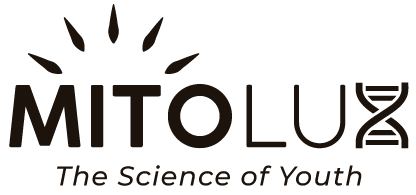Reducing Inflammation
Inflammation is a common factor in joint pain and discomfort. Red light therapy has been shown to reduce inflammation effectively. In a 2017 study published in "Photobiomodulation, Photomedicine, and Laser Surgery," researchers found that red light therapy reduced inflammation in the knee joints of patients with osteoarthritis. This anti-inflammatory effect is attributed to the therapy's impact on the release of pro-inflammatory cytokines, which play a pivotal role in the body's inflammatory response.
Relieving Osteoarthritis
Osteoarthritis is a common ailment characterized by joint pain and stiffness. Red light therapy has shown great promise in relieving osteoarthritic symptoms. In a 2018 study published in "Journal of Physical Therapy Science," researchers found that red light therapy significantly reduced pain and improved physical function in individuals with knee osteoarthritis. The therapy's ability to alleviate the discomfort associated with this condition is a remarkable advancement.
Improving Joint Mobility
One of the primary goals of joint health is to improve mobility. A 2021 study in the "Journal of Clinical Medicine" explored the impact of red light therapy on joint function in patients with knee osteoarthritis. The research demonstrated that red light therapy enhanced joint mobility, paving the way for greater physical activity and overall well-being.
Supporting Soft Tissues
Joints rely on soft tissues, such as tendons and ligaments, for stability and mobility. Red light therapy has been found to support and strengthen these soft tissues. A study published in "Lasers in Surgery and Medicine" in 2008 found that red light therapy stimulated collagen production in tendons, contributing to their overall health and resilience.
Accessible and Convenient
One of the most appealing aspects of red light therapy for joint health is its accessibility. Once primarily offered in clinical settings, red light therapy is now available through a variety of user-friendly devices for home use. From handheld devices to larger panels, red light therapy is becoming more accessible and easier to incorporate into your daily routine.
Getting Started with Red Light Therapy for Joint Health
If you're intrigued by the potential of red light therapy for improving joint health, it's essential to consult with a healthcare professional before initiating any new treatment regimen. They can provide guidance tailored to your specific needs and ensure your safety throughout the process.
As you embark on your journey to explore red light therapy for joint health, keep in mind that individual results may vary. Factors such as the type of joint condition and the duration and frequency of treatment can influence outcomes. Nonetheless, the evidence is compelling, and the potential benefits are evident.
Conclusion: Embrace Joint Revival

The science of red light therapy has the potential to transform the way we approach joint health. The evidence supporting its effectiveness is compelling, making it an exciting and accessible solution for those seeking to reduce inflammation, relieve osteoarthritis, improve joint mobility, and support soft tissues.
Are you ready to embrace joint revival and experience the benefits for yourself? The future of joint health is here, illuminated by the science of red light therapy, and it's waiting for you to step into the light. Prepare to unlock the potential of healthier, more mobile joints.


